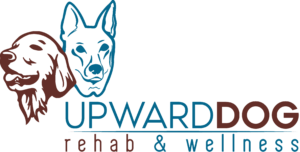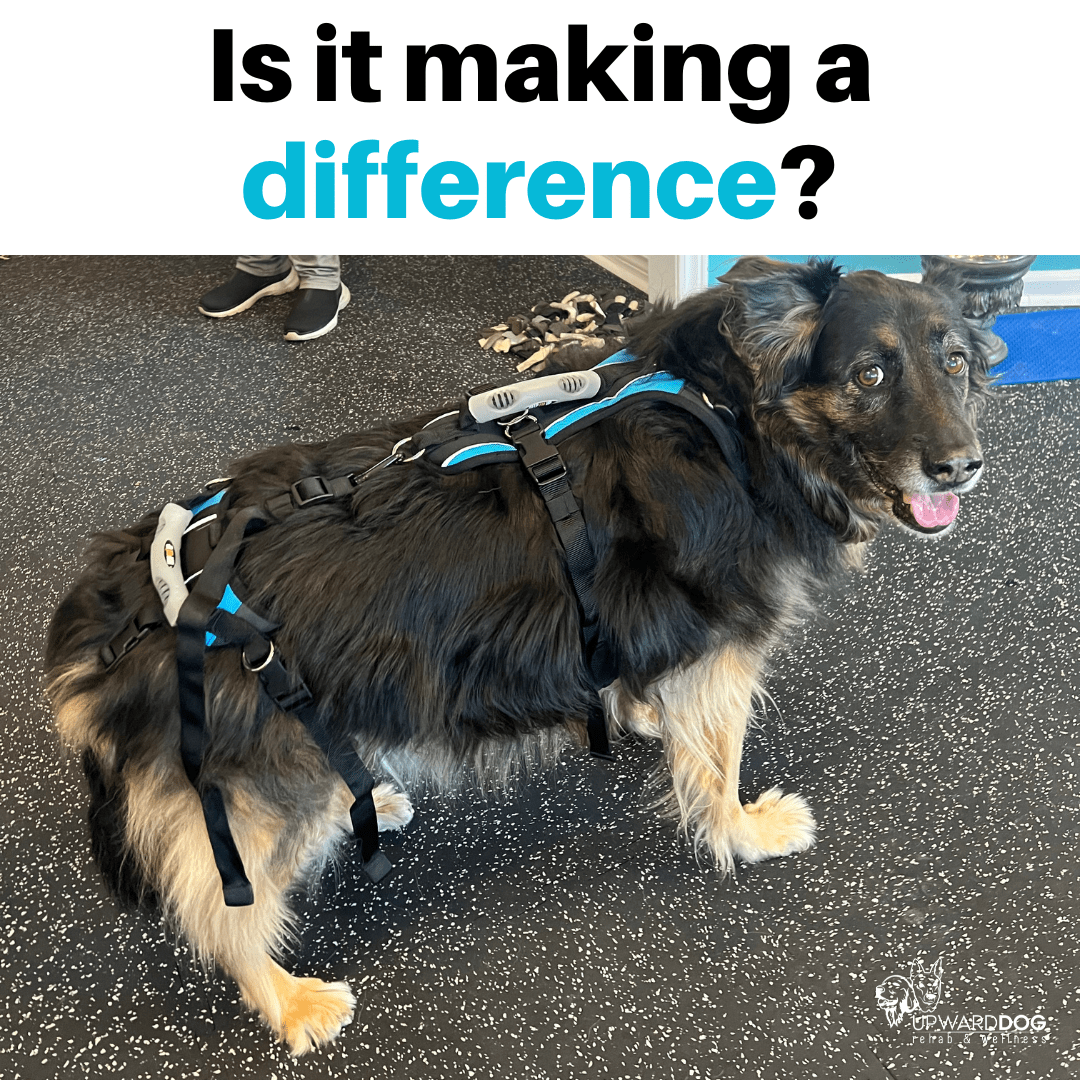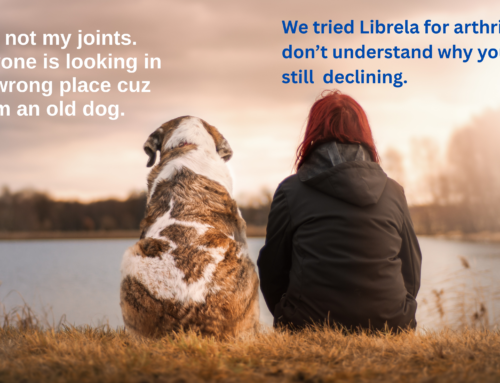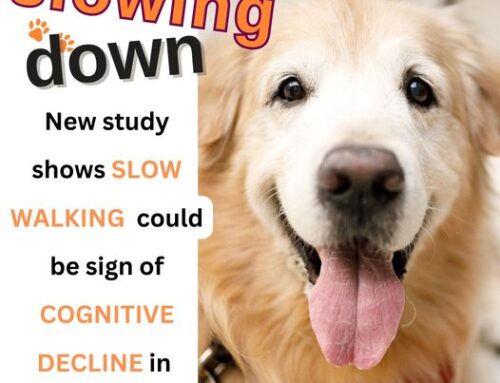One of the most common questions I hear is “Is everything I’m doing making a difference?”. It can be incredibly frustrating to spend lots of money on various therapies to help your dog and see no change or worse, a continued decline.
Whether you are a pet parent or a small animal professional, that question often arises, especially with a neurodegenerative diseases like degenerative myelopathy (DM).
Let’s break it down so you can do your best for your dog!
 ❶ UNDERSTANDING THE LIKELY “PATHO-FUNCTIONAL” DIAGNOSIS….
❶ UNDERSTANDING THE LIKELY “PATHO-FUNCTIONAL” DIAGNOSIS….
Determining what the anatomical origin of the problem is, is just the start but definitely important not to be overlooked. You’ve heard me say we don’t ‘treat’ DM the same way we treat IVDD” a hundred times.
We also need to look at the impact on the rest of the body and overall function.
“What’s wrong? Is it creating compensatory pain elsewhere? How is it impacting the dog’s ability to move? “
From here you should have a baseline of your dog’s mobility, function, and the source the problem.
 ❷ PLANS AND GOALS…….
❷ PLANS AND GOALS…….
Sometimes we want to throw everything at a problem, including the kitchen sink. But this leads to that problematic question “Is anything working”. Restoring mobility is a progressive process not a giant leap.
In the case of DM, it is harder for both pet parent and professional because we need to think almost backwards. No change is actually good. Our goals should be focused on maintaining function and independence for as long as possible and to always evaluate quality of life.
The great thing about focusing on restoring mobility even though we may or may not be able to slow the disease, there are lots of things we can do to enhance it through modalities, lifestyle modifications, and assistive devices.
HAVE A PLAN based on understanding of the medical diagnosis AND the implications on mobility, and the pet parents goals. Plans have goals to then tailor therapies, home exercises, and education to those goals/focus areas. And they EMPOWER YOU the dog parent! 
The key here is to RE-EVALUATE! There are basics that pet parents can do and then other assessments professionals can do. Remember I said rehab is a progression, the nervous system is very “plastic” and evolving. Early rehab should look quite different then 3 months down the road.
 ❸ WHAT YOU DO AT HOME MATTERS….
❸ WHAT YOU DO AT HOME MATTERS….
If you know me at all, you know this is an area I’m really passionate about. And the more I’ve interacted with you online, the more I realize that this is a HUGE MISSING COMPONENT within treatments. 
Home adaptations, diet, activity modifications and home exercises are the sticking power, the glue that makes all these therapies you are paying for, stick. If you are doing a lot of chiropractics and acupuncture but then letting your dog run for extended periods in a poorly fitted wheelchair and not doing any stretching or core stability work, you may be spending a lot more on therapies than if someone gave you somethings to work on at home.
It’s a little bit of tough love  here but this home education and exercise components are just so important. And it will make you feel good. Empowered. You are part of your dog’s care plan and you CAN DO SOMETHING!
here but this home education and exercise components are just so important. And it will make you feel good. Empowered. You are part of your dog’s care plan and you CAN DO SOMETHING! 
IN SUMMARY…
Thanks for reading! I hope it helps 
Sarah
**********
Was this helpful? Want to feel less frustrated and more empowered? 
This is some of the info we will be covering in……
You can help your pup because when you know better you do better 





